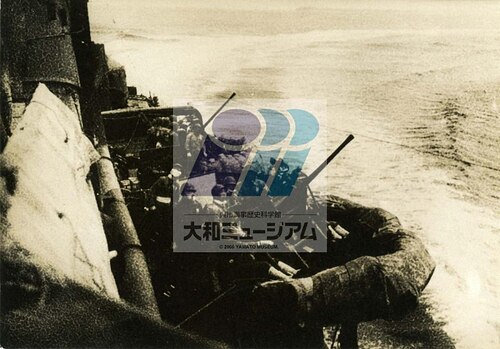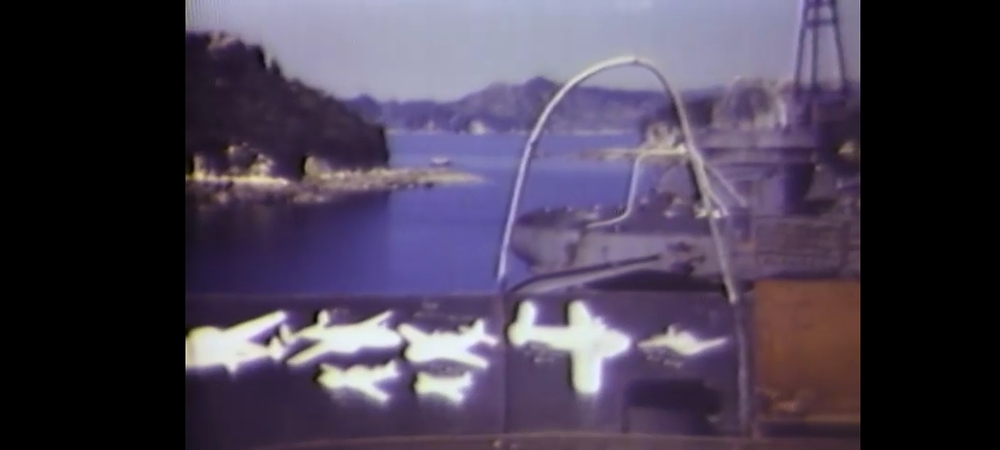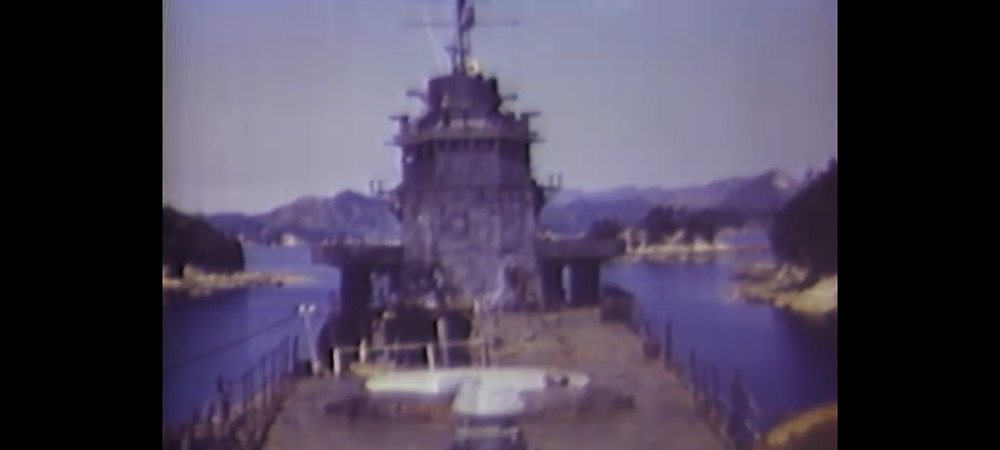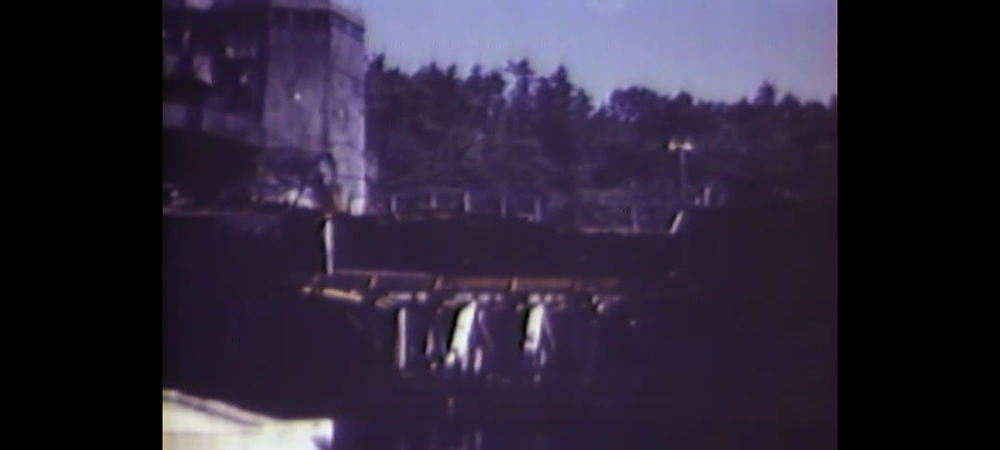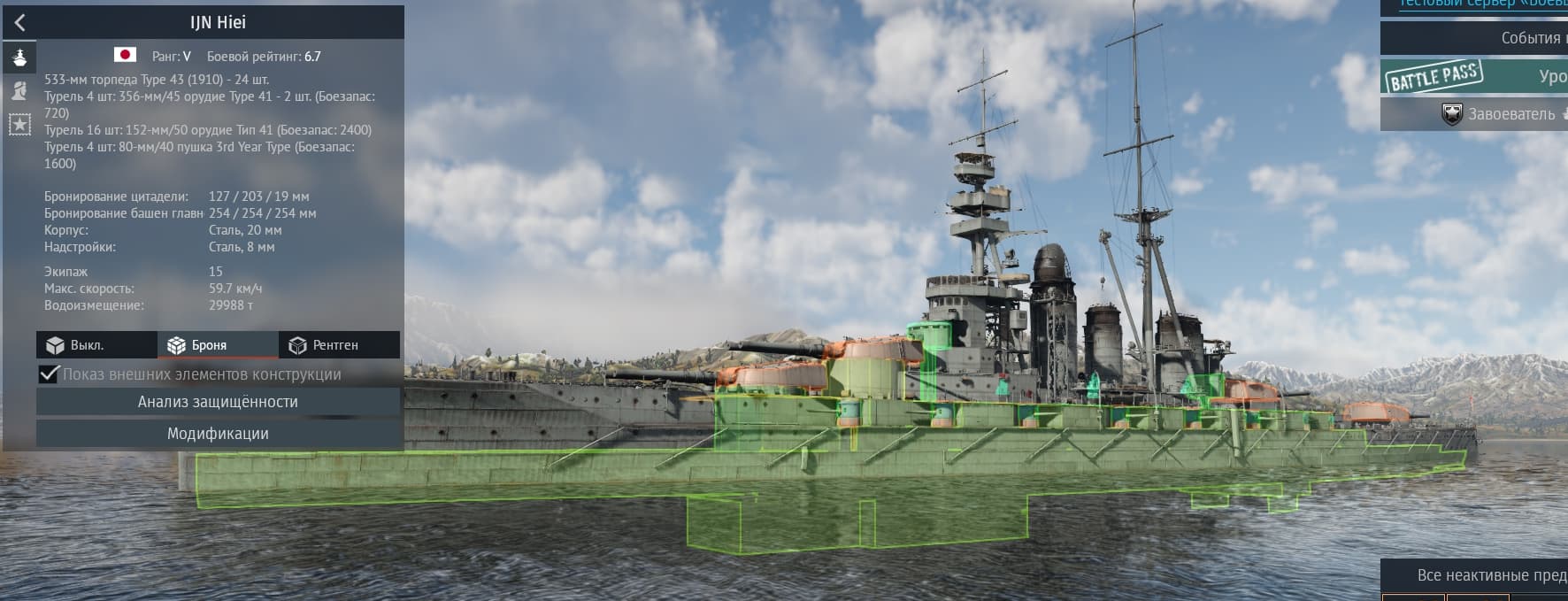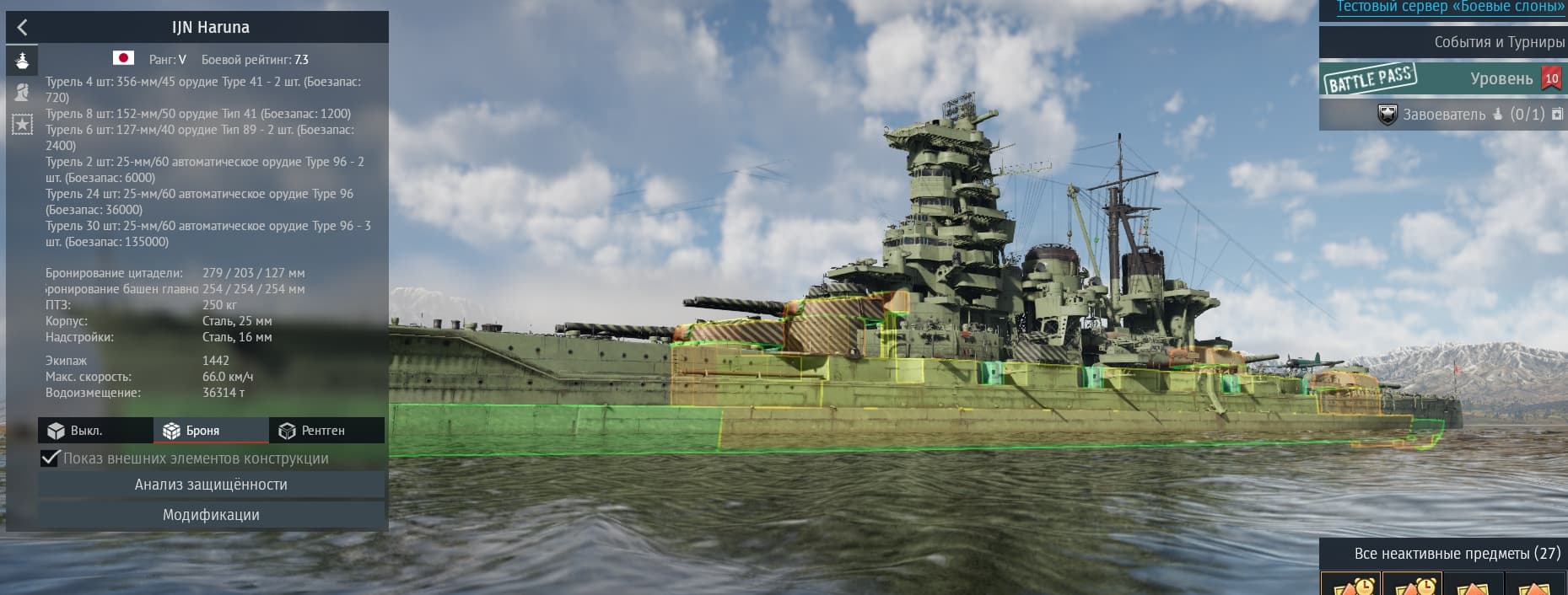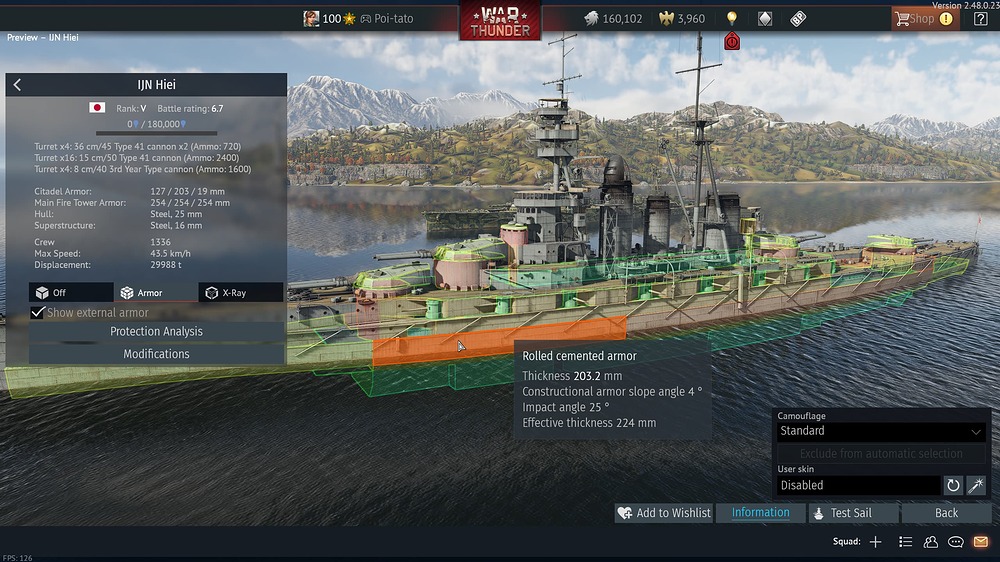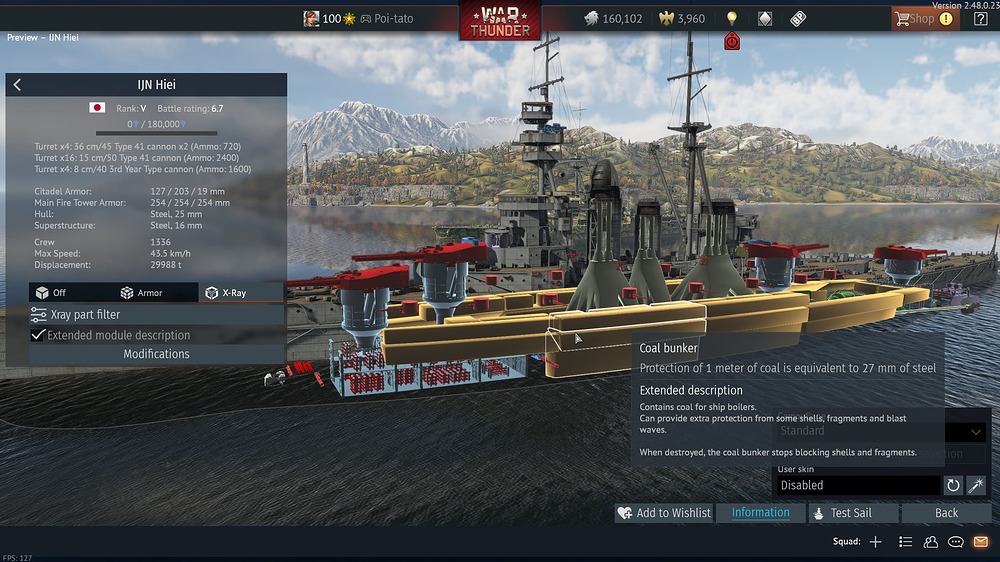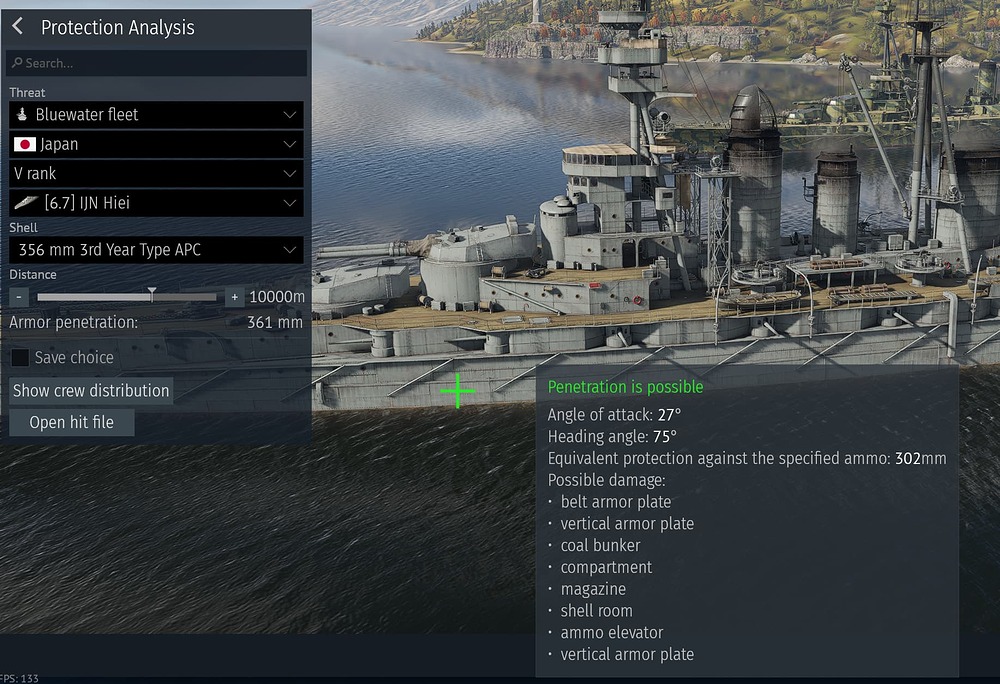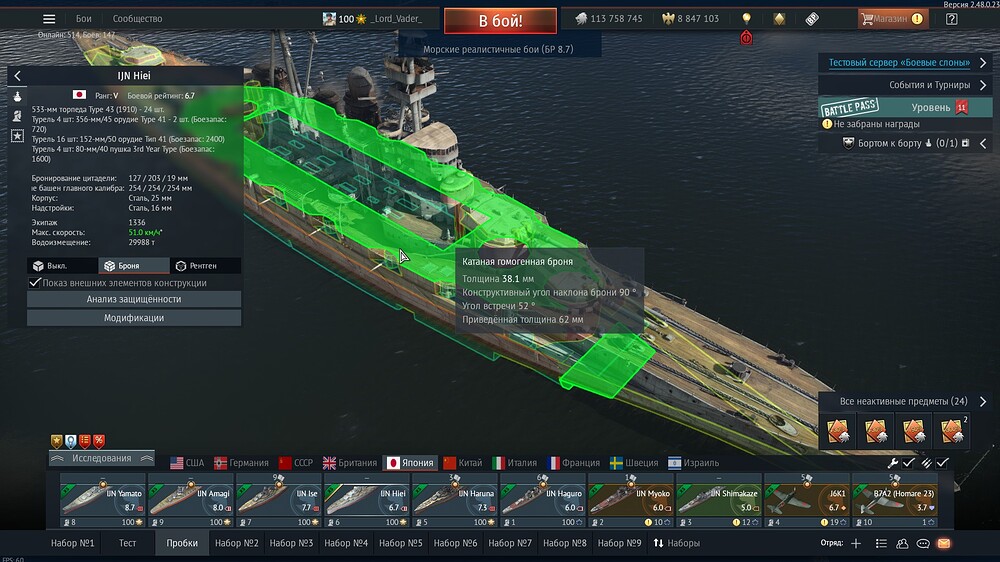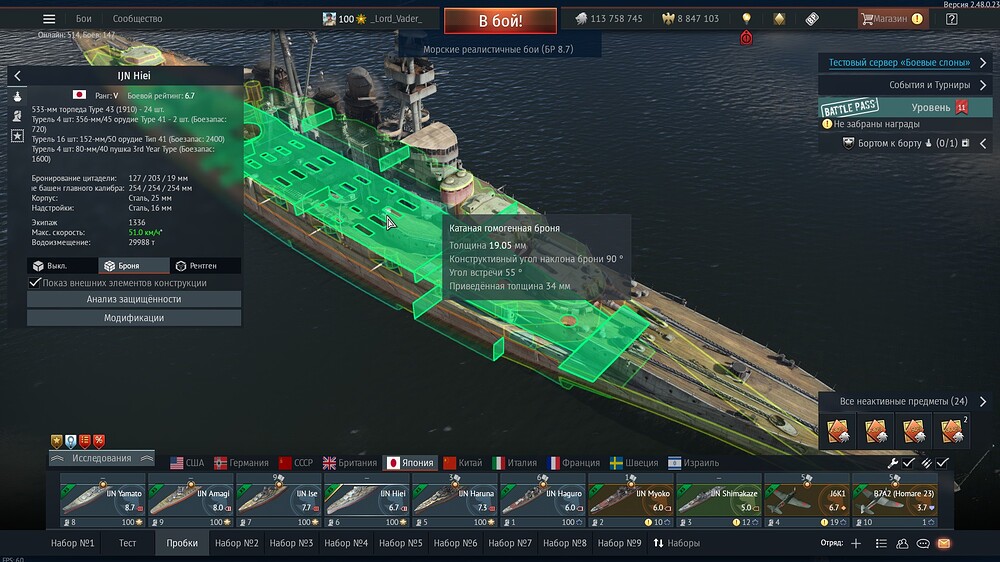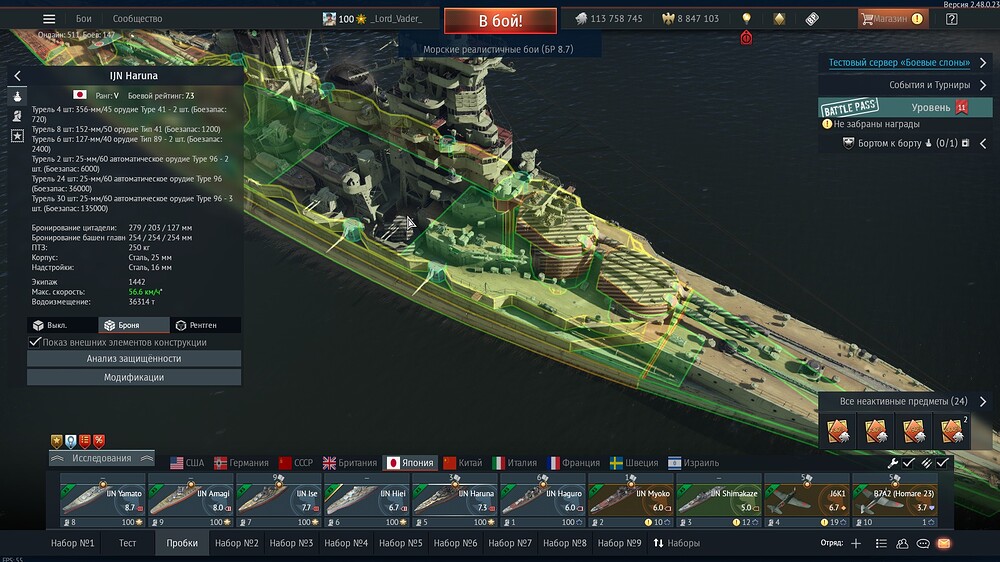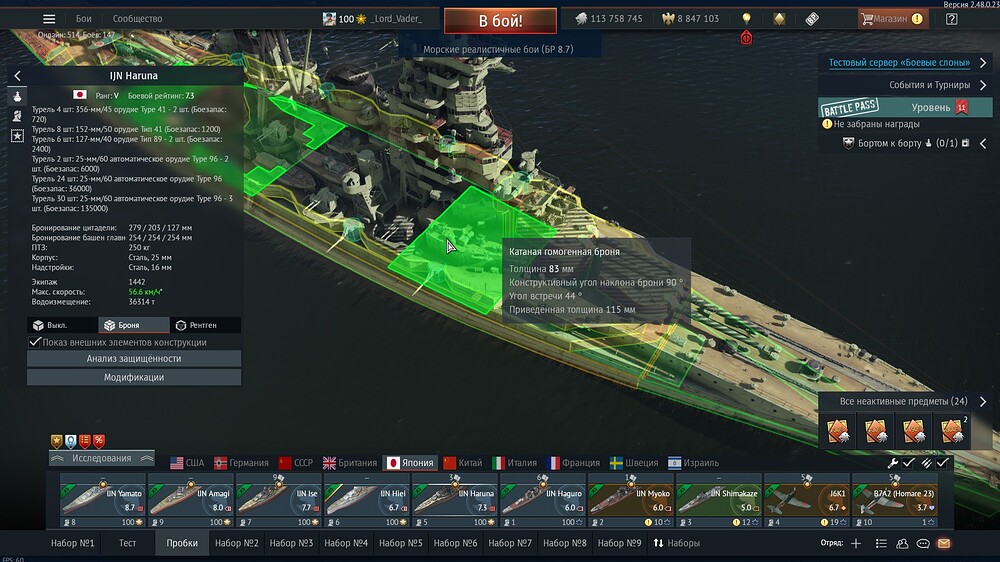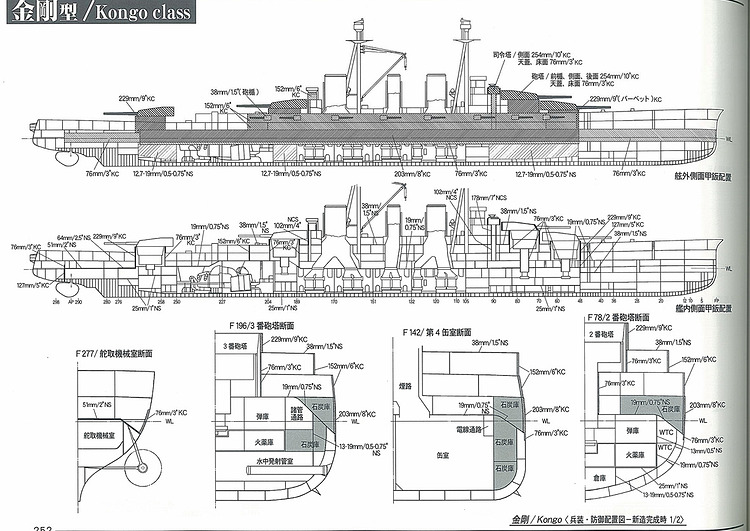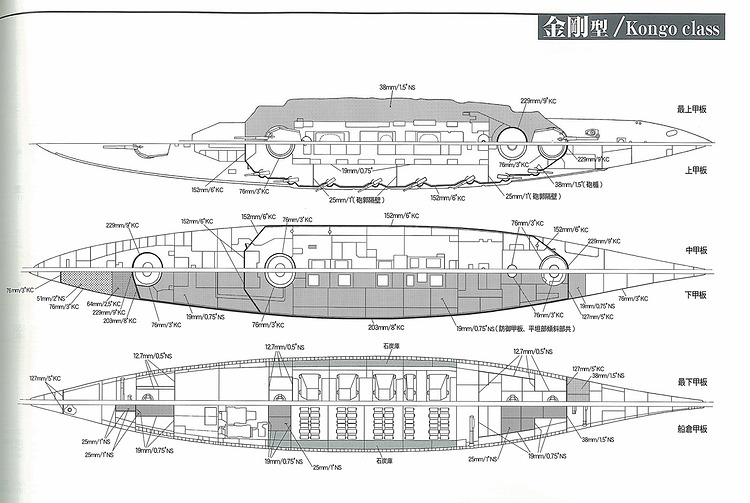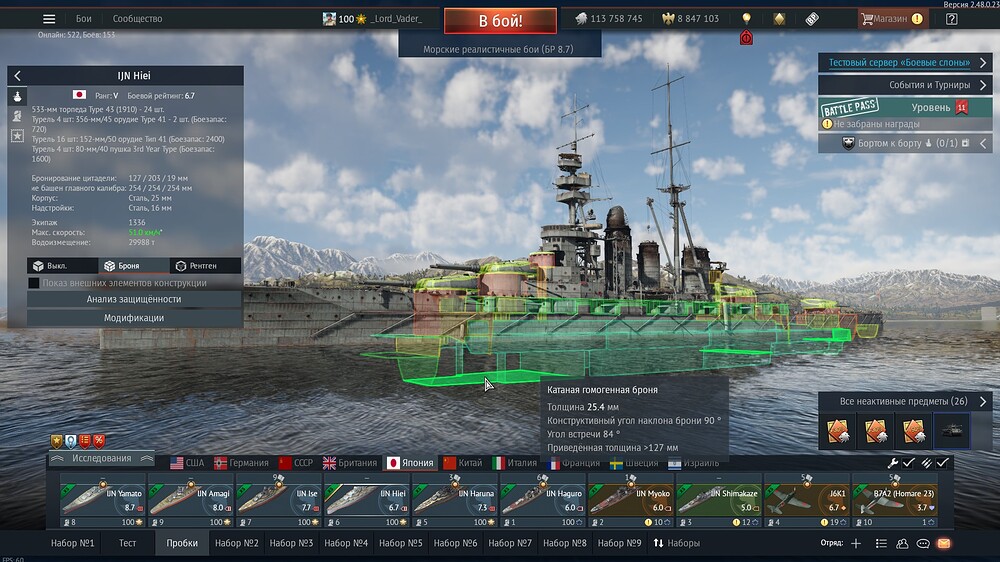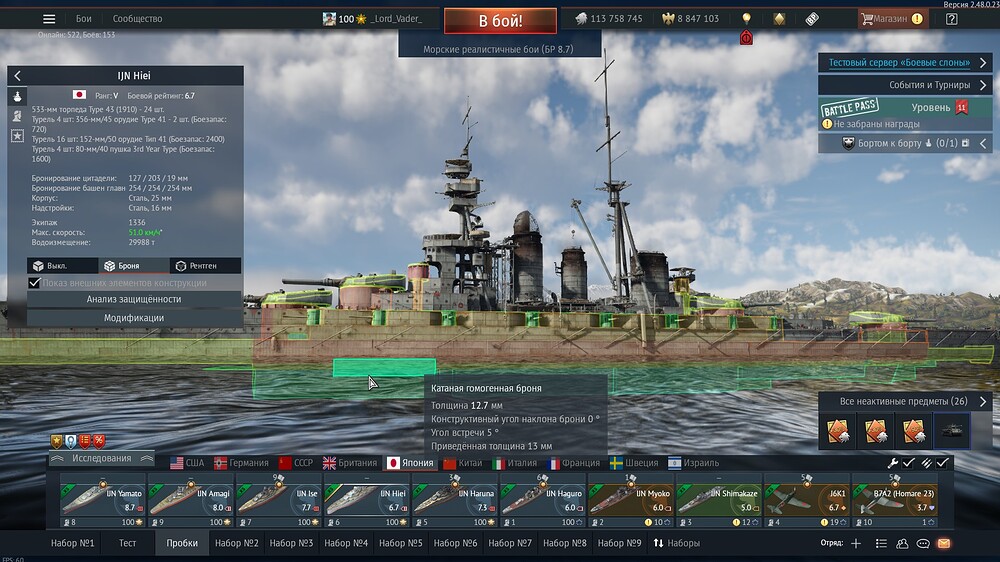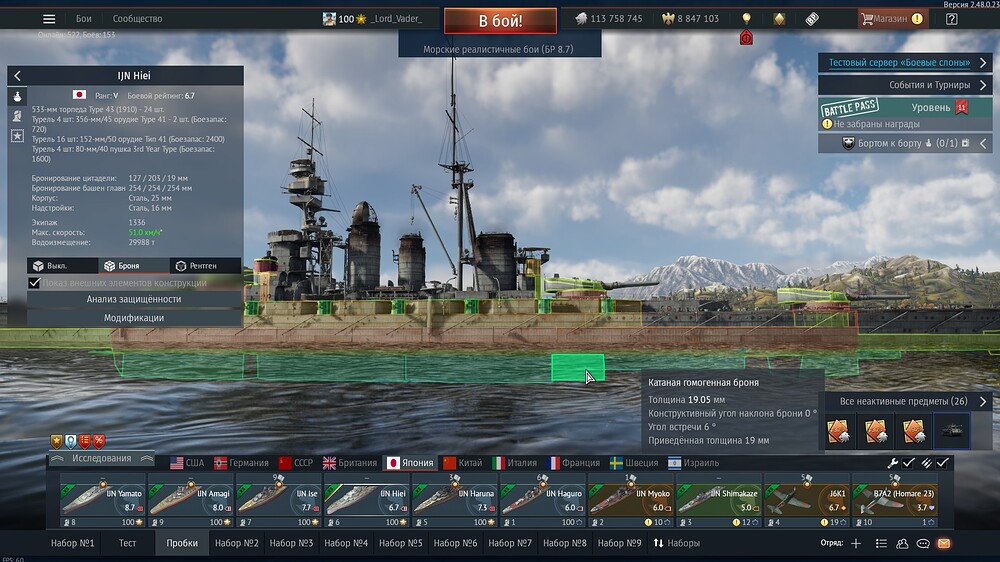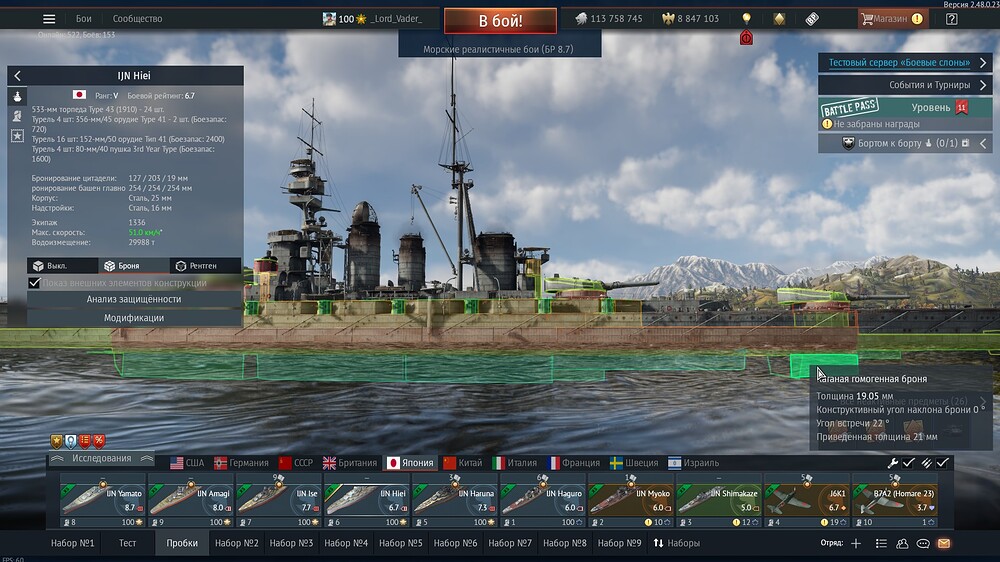Lets remember to stay on topic with discussing Japanese naval forces going forward.
as Hylian saids, more of this would be talked in this thread:
Do any of the available camouflages for Japanese ships have any basis in reality, or did Gaijin just make them up?
AFAIK most are just fake. But I could be wrong
I think most of them have appeared on actual vessels, but they were usually just merchant vessels or other auxiliaries. There are a few of the camos in game that did appear on the ships that actually used them though.
Well, it was only her or Nagato left for the premium position. I guess that wait now is for economic data to see which she is …
1920s fit :( was hoping we would get 1940s Hiei with the prototype Yamato pagoda
No way in hell Hiei would be the Rank VI premium, seeing as it’s arguably worse than the Yamashiro
The distinctive feature of the Hiei was that it was equipped with a tower mast as a prototype of the Yamato class. Introducing the Kirishima in its final form and making the Hiei a premium ship in its old, pre-renovation form…to be honest, I think they should have switched the Hiei and Kirishima.
Cool, thanks for letting me know!
Couldn’t agree more. I also think it’s a bad choice for a premium like that, woukd literally the worst compared to the others
After checking GitHub’s Datamine, it appears “fatalExplosion”: false has been added to Yamato’s secondary guns/high-angle guns/anti-aircraft machine guns ammo storage.
This may resolve the issue where any explosion other than the main gun’s charge would inevitably cause a sinking explosion.
Found this as “40mm anti-aircraft guns mounted on an Akizuki-class destroyer”. The main gun turret shape and placement are similar to the Akizuki-class, same for torpedo crane
I’ve never heard of this before, but apparently the Akizuki-class was once equipped with four 40mm anti-aircraft machine guns. Bofors or Vickers? Anyway, don’t you think a premium Akizuki-class would be a good choice for a newcomer? The Suzutsuki, in particular, has a square-shaped bridge, additional triple 25mm machine guns on both sides, and the Kikusui mark on the funnel. (The armor also has a picture to identify enemy aircraft.) The Yukikaze is quite powerful, but like most IJN destroyers, it primarily serves as a torpedo carrier. I think a premium ship capable of artillery combat would be welcome.
The Hiei battlecruiser was added to the dev. But the model is not finished yet + the Hiei has incorrect main battery turrets modeled… And the funny thing is that the Hiei has more armor than the two three Kongos…
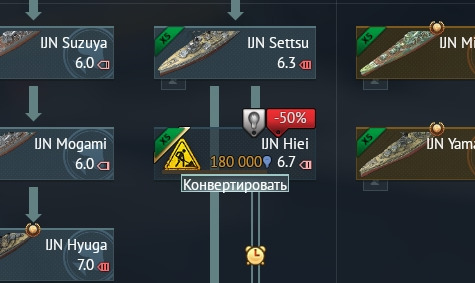
It’s a shame Hiei doesn’t have the pagoda…
2.48.0.23, Hiei’s armour added and more detailed internals
Shell rooms and magazines are super vulnerable to capital ship guns when not angled
How amusing it all is… They implemented ALL the Kongo armor BEFORE the upgrade, but they don’t want to give the upgraded Kongo armor, bravo!
I have included a short thing on Amatsukaze below for those unfamiliar, basically a Japanese equivalent to the Charles F. Adams. Also compiled are options for the other nations.
